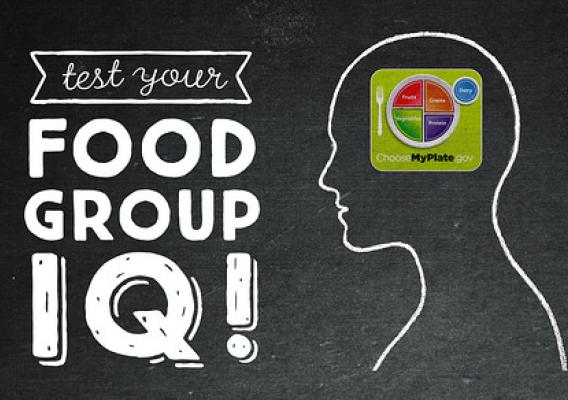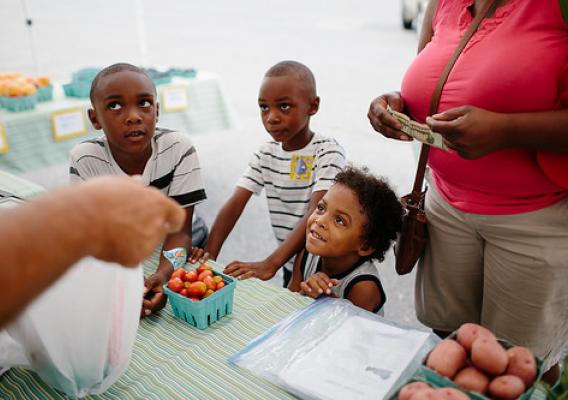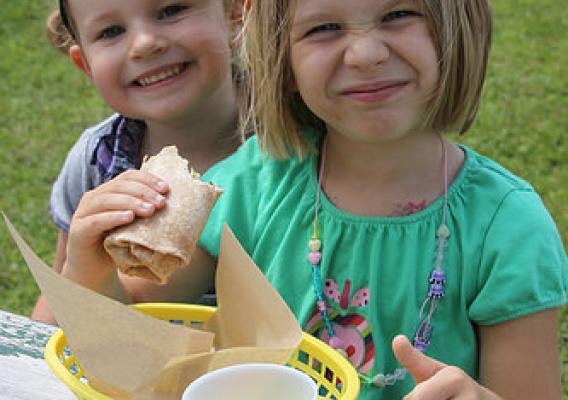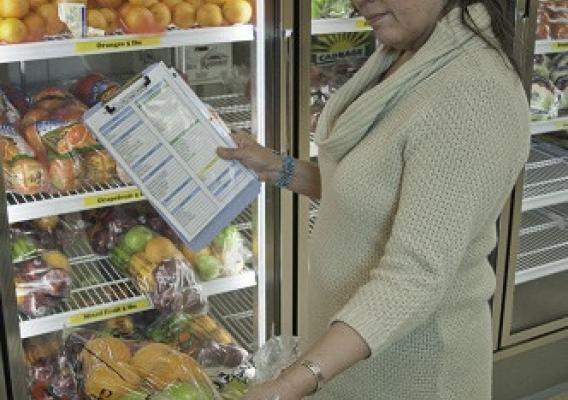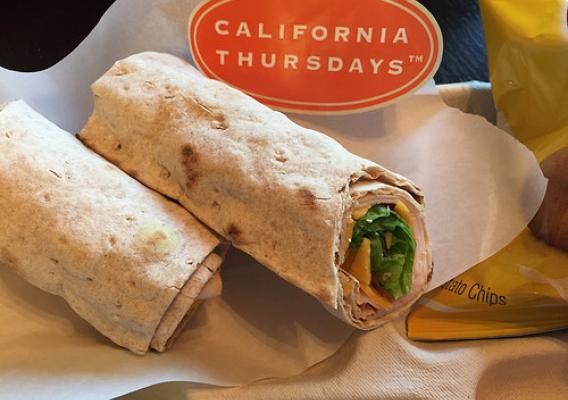Think you know a lot about the five food groups? The USDA Center for Nutrition Policy and Promotion – the group that created MyPlate – just released a set of quizzes on the five food groups. These quizzes, designed to challenge, teach, and even entertain, are intended for anyone who wants to learn about the food groups or wants a refresher – adults and kids alike.
USDA’s food groups have been around for about 75 years. Though the current names of the food groups – fruits, vegetables, grains, protein foods, and dairy – have changed slightly over time, the food groups were key components of MyPyramid (2005), the Food Guide Pyramid (1992), Food Wheel (1984), Hassle-Free Daily Food Guide (1979), Basic Four (1956), and Basic Seven (1940). For more information on the previous food guides, visit A Brief History of USDA Food Guides. Food groups make it easier to learn about nutrition and plan healthy meals. Each food group provides specific nutrients that our bodies need, so instead of trying to track dozens of nutrients, you can just focus on getting the five groups.


